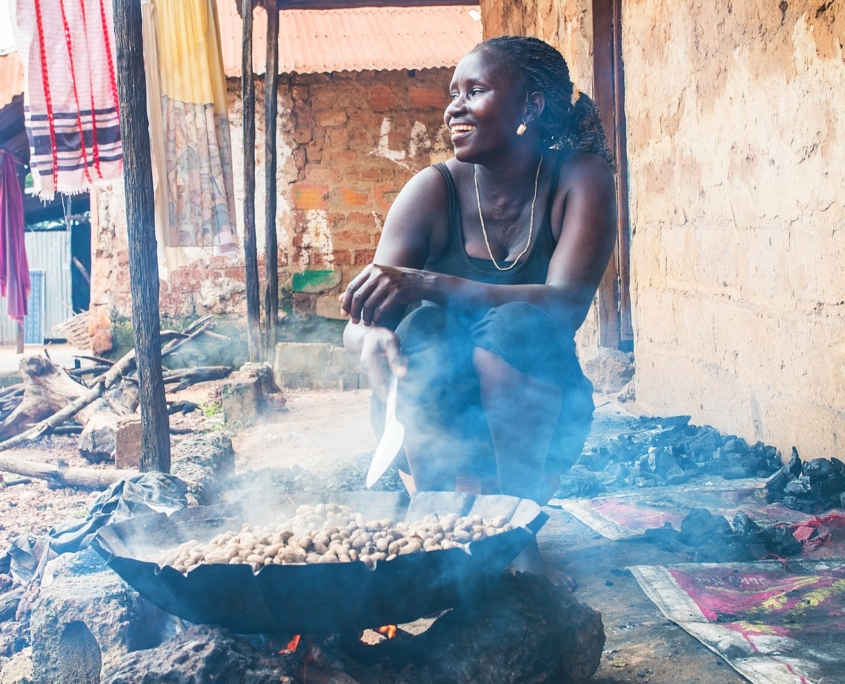Hunger in Guinea-Bissau


Facts and Figures
- In 2023, GDP grew by 0.1%, reaching an overall growth rate of 4.3%.
- The poverty rate, defined as living on $3.65 a day, has worsened and now stands at 65% in the country.
- According to the Global Hunger Index, Guinea-Bissau ranks 114th out of 127 countries facing a severe hunger crisis.
- The prevalence of undernourishment in the population has increased over the past decade, rising from 34.8% to 37.9%.
- The percentage of children under 5 suffering from stunting has grown from 26.4% in 2012 to 27.7% in 2019 and 72 out of 1000 die before their fifth birthdays.
- Guinea-Bissau is one of the five countries with the highest maternal mortality rate, which is 725 per 100,000 live births.
Underlying Issues
- Political: Guinea-Bissau gained independence in 1974 but faced challenges such as military coups, political unrest and weak governance. Additionally, widespread drug smuggling has worsened corruption and undermined the government. These issues significantly contribute to the country’s weak economy, hunger and poverty.
- Weak infrastructure: The country has underdeveloped infrastructure, including poorly maintained roads, limited electricity supply and inadequate health care facilities. Weak governments and corruption have further hindered infrastructure development.
- Over-dependence: Guinea-Bissau relies almost entirely on cashew nuts for its export revenues, which account for 95% of its total exports. This heavy dependence makes the economy highly vulnerable to price fluctuations. Additionally, the lack of diversification in agriculture and exports worsens issues such as poverty, food insecurity and hunger in Guinea-Bissau.
- Extreme weather: Guinea-Bissau is among the top five countries most affected by extreme weather, experiencing problems such as rising sea levels, erratic rainfall, prolonged droughts and flooding. These environmental issues have negatively impacted biodiversity, fishing and agriculture. As a result, the country is facing rising poverty levels, increased food insecurity and heightened hunger.
Development Programs
International organizations are working with the government to reduce poverty and hunger in the country.
- Food security- The WFP provides cash assistance to families needing immediate support and school meals to prevent malnutrition and stunting in children. UNICEF and the World Bank have partnered to launch a Scale Up Nutrition program. The initiative targets reducing stunting and malnutrition while improving maternal and child health.
- Agriculture Development- Organizations like the Food and Agriculture Organization and the World Food Program assist farmers by supplying seeds, fertilizers and training. The FAO is also collaborating with the government to develop drought-resistant crops. The aim is to build resilience and mitigate impending climate impacts.
Towards A Sustainable Future
Guinea-Bissau faces daunting challenges, including high poverty rates, food insecurity and the impacts of political instability and weather events. However, through collaborative efforts between the government and international organizations and a focus on sustainable development, agricultural resilience and the promotion of food security, Guinea-Bissau can work towards a future where all citizens have access to basic needs and opportunities. Continued commitment and investment from the international community in these areas will be crucial to breaking the cycle of poverty and hunger in Guinea-Bissau.
– Maria Waleed
Maria is based in Yokohama, Kanagawa, Japan and focuses on Good News and Global Health for The Borgen Project.
Photo: Wikimedia Commons
